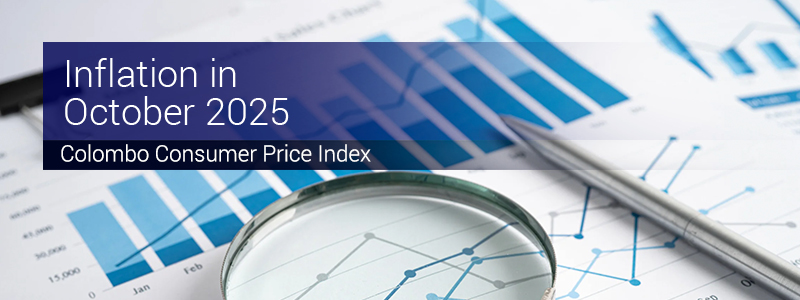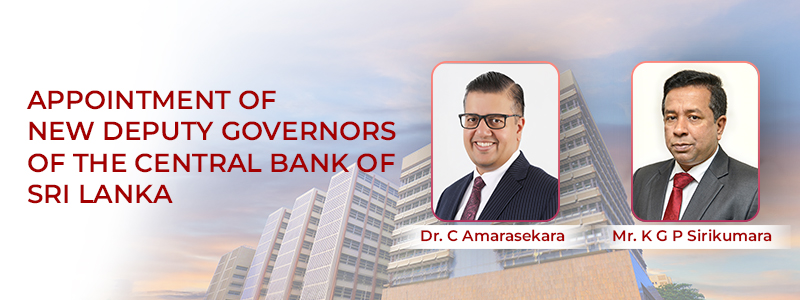Dr. Nandalal Weerasinghe, the Governor of the Central Bank of Sri Lanka in his capacity as the Chairman of the National Coordinating Committee (NCC) on Anti Money Laundering/Countering the Financing of Terrorism (AML/CFT), represented the Sri Lankan delegation to the 2023 Annual Plenary of the Asia Pacific Group on Money Laundering (APG) and the ensuing Technical Assistance and Training (TA&T) Forum held in Vancouver, Canada from 11 – 14 July 2023. The Sri Lankan delegation consisted of the expert assessors participating in the respective Mutual Evaluations of the Peoples’ Democratic Republic of Lao (Lao PDR), Nepal and Brunei. The annual Plenary brought together over 300 delegates from the 42 APG member countries, observer institutions and jurisdictions, and private sector stakeholders to discuss issues concerning countering serious financial crime, including money laundering (ML), terrorist financing (TF), and proliferation financing relating to weapons of mass destruction (PF).
Press Releases
Notices
07.11.2025
Rs. 77,000 million Treasury bills are to be issued through an auction on 12th November 2025
30.10.2025
Rs. 77,500 million Treasury bills are to be issued through an auction on 04th November 2025
24.10.2025
Rs. 57,000 million Treasury bills are to be issued through an auction on 29th October 2025
















